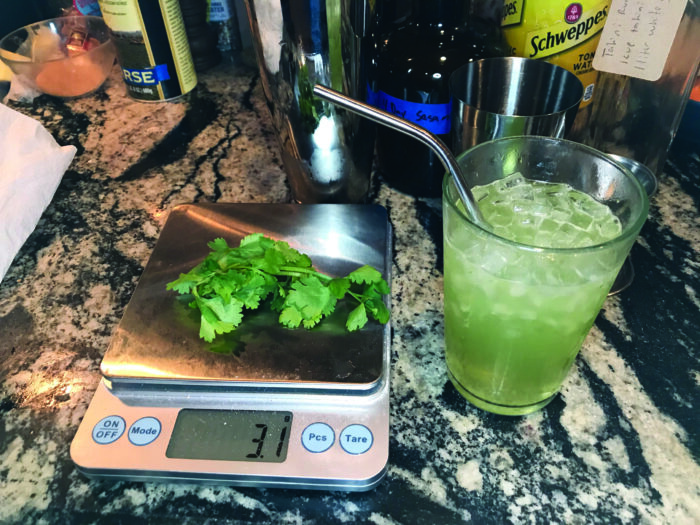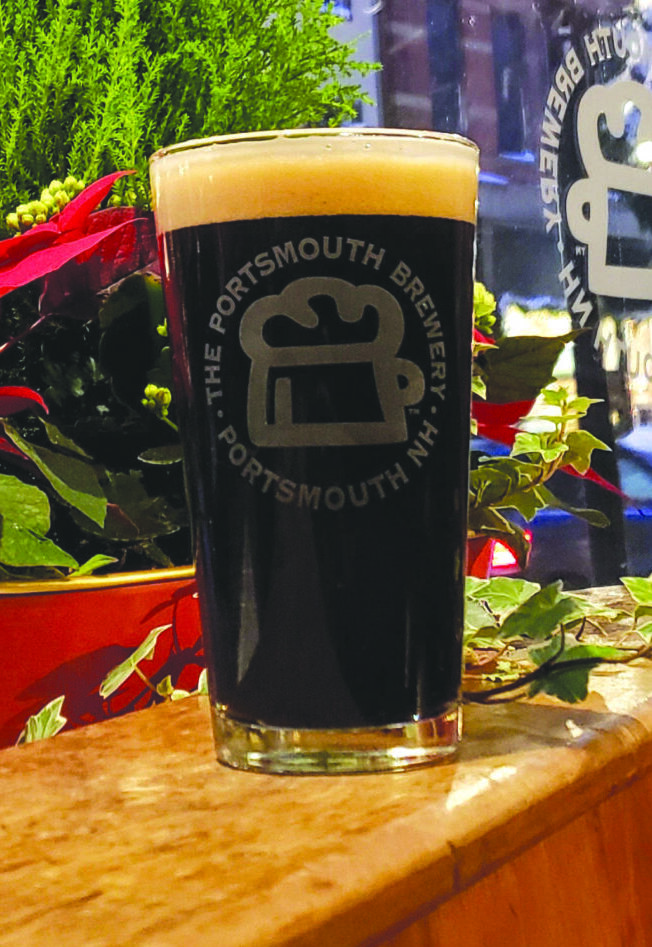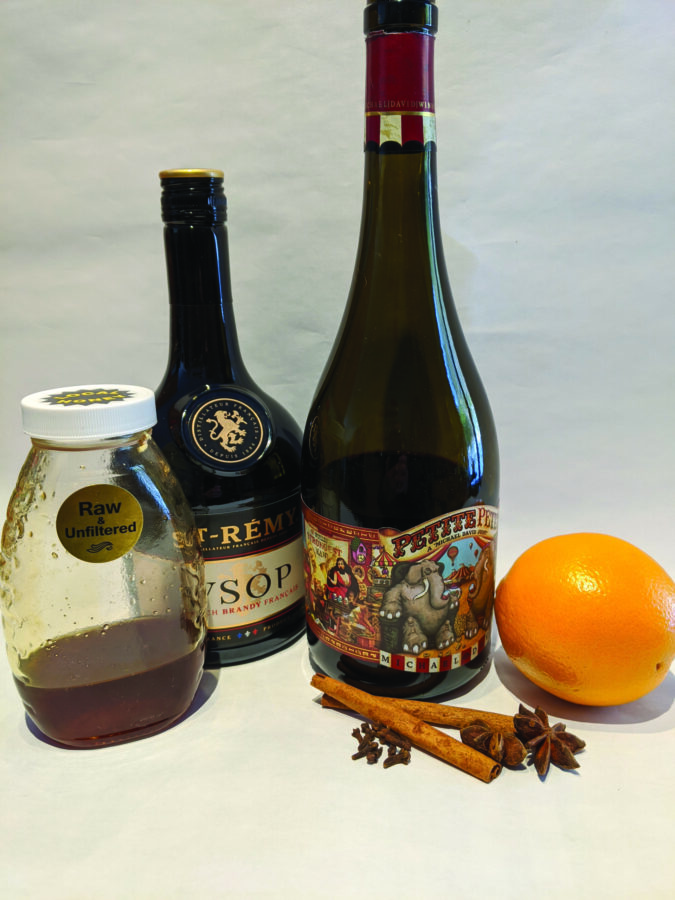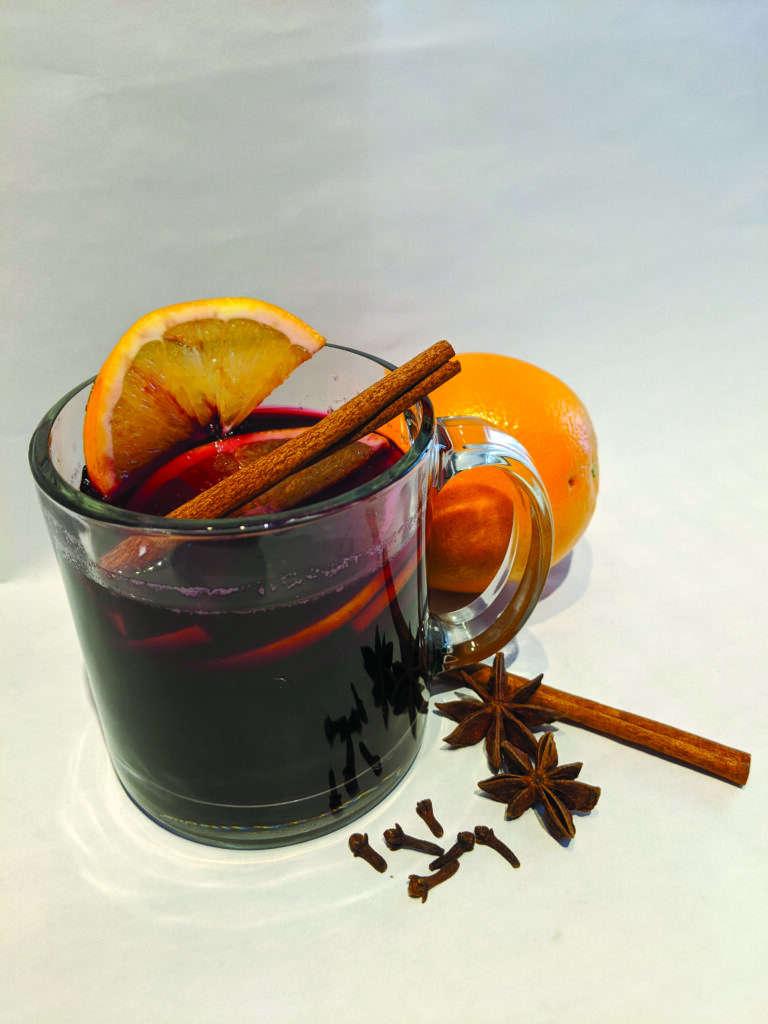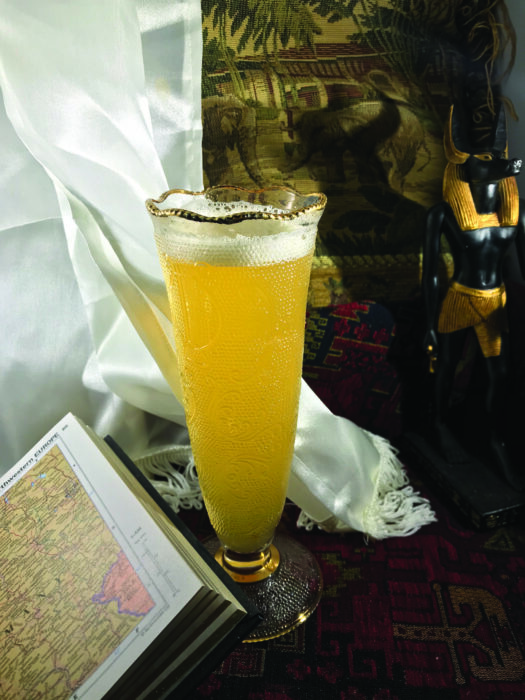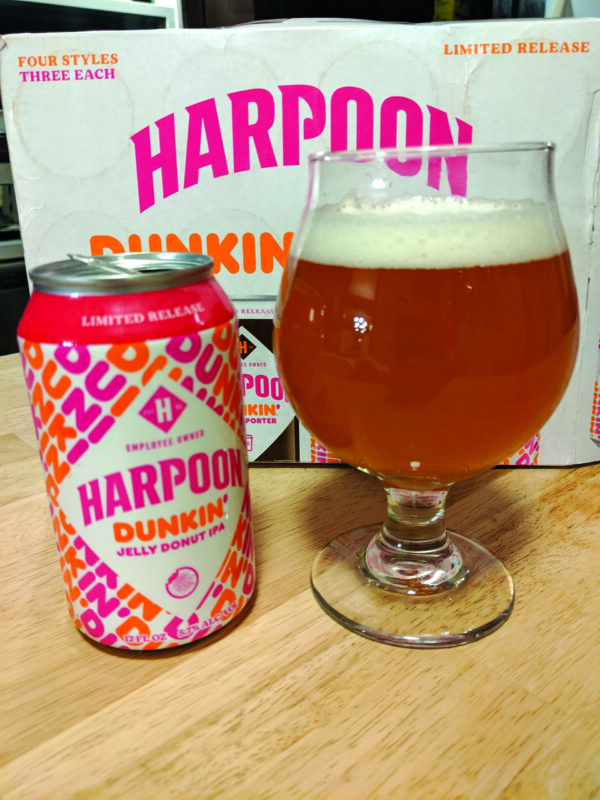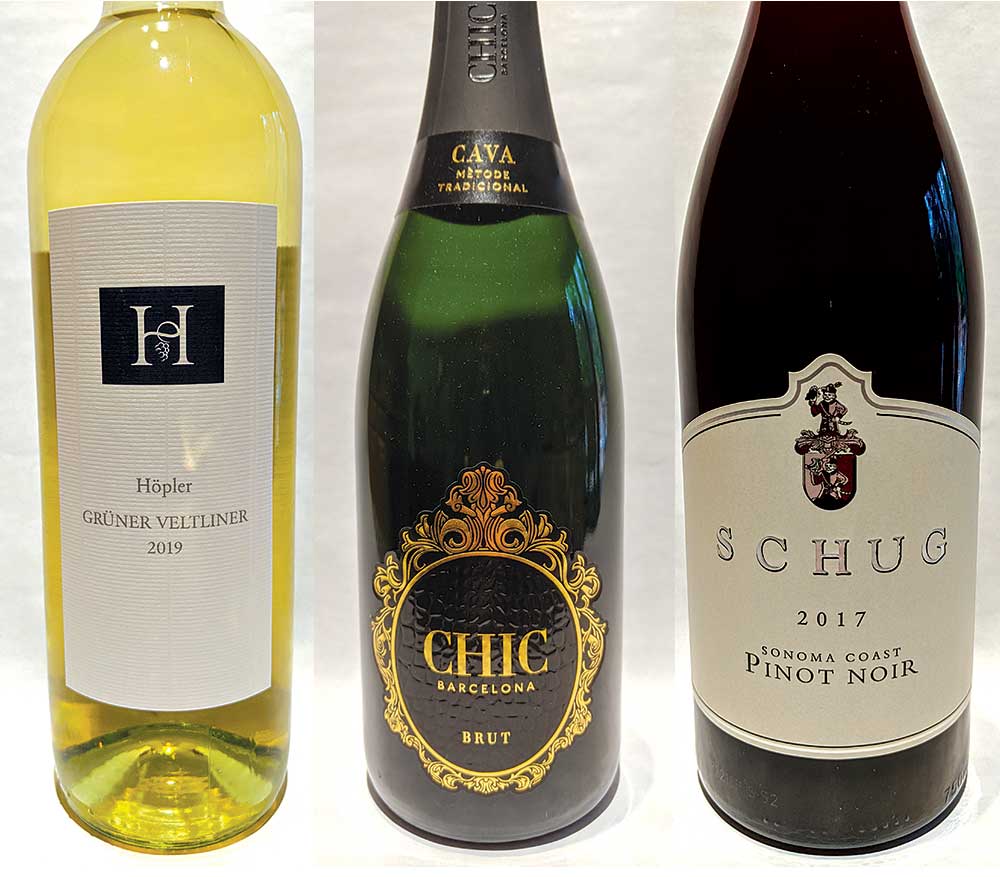Do you remember reading those Choose Your Own Adventure books when you were a kid?
You’d get to a turning point in a story, then find instructions like:
“To poke the sleeping bear with a stick, turn to page 130.
To run away from the sleeping bear as fast as you can, turn to page 170.”
So, then you’d turn to page 170, and read something like:
“Oh, no! You run away so fast that you don’t watch where you are going and ram into an oak tree, dislodging a porcupine, which falls on you. You scream so loudly that you wake the bear, who eats you, then picks his teeth with the quills. The End.”
This drink is a little like that, minus the hostile wildlife. It is an adventure in sesame.
I’ve been thinking a lot about fat-washing, lately. Fat-washing is what upscale bartenders call a method of infusing alcohol with the flavor of something oily. You hear occasionally about bacon-washed bourbon, or butter-washed rum. Almost any food that is fat-soluble is also soluble in alcohol. Shmancy bartenders can use that chemical loophole to add background notes to a cocktail. Theoretically, you could use this technique to make a peanut butter and jelly martini, for instance. (Actually, that’s not a bad idea. Let me write that down…)
A week or so ago, it occurred to me that if you can fat-wash peanut butter, couldn’t you do the same thing with tahini, the sesame paste used in hummus? I adapted a recipe for peanut butter-washed bourbon:
Tahini Rum
1 liter inexpensive white rum (As usual, you probably don’t want to use your good stuff, when you are covering up most of the subtle flavors with tahini. I used Mr. Boston.)
16 oz. tahini (I like Krinos.)
- Combine rum and tahini in a very large jar or other air-tight container. Shake with great vigor.
- Store the jar somewhere warm and dark for seven days, shaking twice per day.
- Strain through a fine mesh strainer, then filter through a coffee filter.
This results in a fantastic sesame rum. It is silver in color. It is smooth and tastes delicious. You could easily sit in an armchair with a brandy snifter of the stuff. There is, however, a drawback:
The rum and the tahini have spent a week getting their groove on. At the end of it, the rum has gotten everything she wants out of this fling, says, “Well, this was fun…” and goes on her way. The tahini, on the other hand, has turned into Rick Astley, and is determined that he is never going to give her up.
As much as the rum has bonded with the tahini, the tahini has bonded with the rum, and without the use of a lab-grade centrifuge — which my wife will not let me buy — a liter of rum nets you between 10 and 12 ounces of finished product. Given that there was a relatively small investment in the rum to begin with, that might be OK.
But there is another way:
Sesame Rum No. 2
1 cup white sesame seeds
4 cups white rum
- Over medium-low heat, toast the sesame seeds in a small skillet, stirring constantly, until they have turned the color of a graham cracker or a lion.
- Transfer seeds to the same large jar or airtight container. Add the rum. There will be a satisfying sizzle.
- Shake, then store in the same warm, dark place for four days, shaking twice per day.
- Filter through a coffee filter.
This sesame rum is not as smooth and silvery as its little brother, but it is also delicious. It has a deep golden color and really pops in your mouth, shouting, “It’s SESAME TIME, Baby!”
And you net about a quart of rum.
So, now you’ve effectively made the first of your Choose Your Own Cocktail choices — silvery and sleek, or bold and bronzy.
Here is your second choice:
The Vera Cruz Chameleon
3 oz. Tahini rum
3 gr. (a very small handful) cilantro
¼ oz. simple syrup
Tonic water to top (I like Fever Tree)
Tiny ice cubes
- Rinse the cilantro, then muddle it thoroughly in the bottom of a cocktail shaker.
- Add rum, then dry shake. (This means without ice.) This will allow the alcohol to extract color and flavor from the cilantro.
- Add ice and simple syrup, then shake again, until cold.
- Strain into a large glass, over tiny ice cubes.
- Top with tonic, then stir gently.
This is really delicious. The first flavor to hit you is the cilantro, but there is a delightful, smooth sesame aftertaste. If you are a cilantro fan — and of course you are, because you are smart and tasteful — you will love this.
But wait! What’s that you say? You’re not a cilantro fan? That’s very sad, but I’ve got you covered there, too.
The Lebanese Chameleon
3 oz. Sesame Rum No. 2
3 gr. (a very small handful) flat-leaf parsley
¼ oz. simple syrup
Tonic water to top
Tiny ice cubes
- Rinse, muddle and dry shake the parsley as above. Do NOT shake a second time.
- Filter your parsley/sesame rum through a coffee filter, into a tall glass, half filled with tiny ice cubes.
- Add the simple syrup and stir vigorously.
- Top with tonic, then stir again, this time gently.
- Drink with immense satisfaction.
So, do you remember that classic of American literature, The Cat In The Hat Comes Back? The one where the cat leaves a greasy pink bathtub ring that threatens to engulf the neighborhood? If you don’t filter the parsley rum, you will get the same stain, but in swamp green. It will taste delicious but will not look appetizing. If you want to skip the filtering step, drink this cocktail in a tiki mug.
A note on tiny ice cubes: I recently discovered that you can buy small silicone ice trays that make tiny (about ¼-inch) ice cubes that are like crushed ice, but better! They chill your drink extremely well and they look really, really cool.
So you can make a cilantro-based cocktail with tahini rum or sesame rum, or use the same recipe — again, with your choice of rums — with parsley, instead. You are somewhat spoiled for choice.
And there are no bears.
John Fladd is a veteran Hippo writer, a father, writer and cocktail enthusiast, living in New Hampshire.
Featured Photo: The Vera Cruz Chameleon. Photo by John Fladd.

